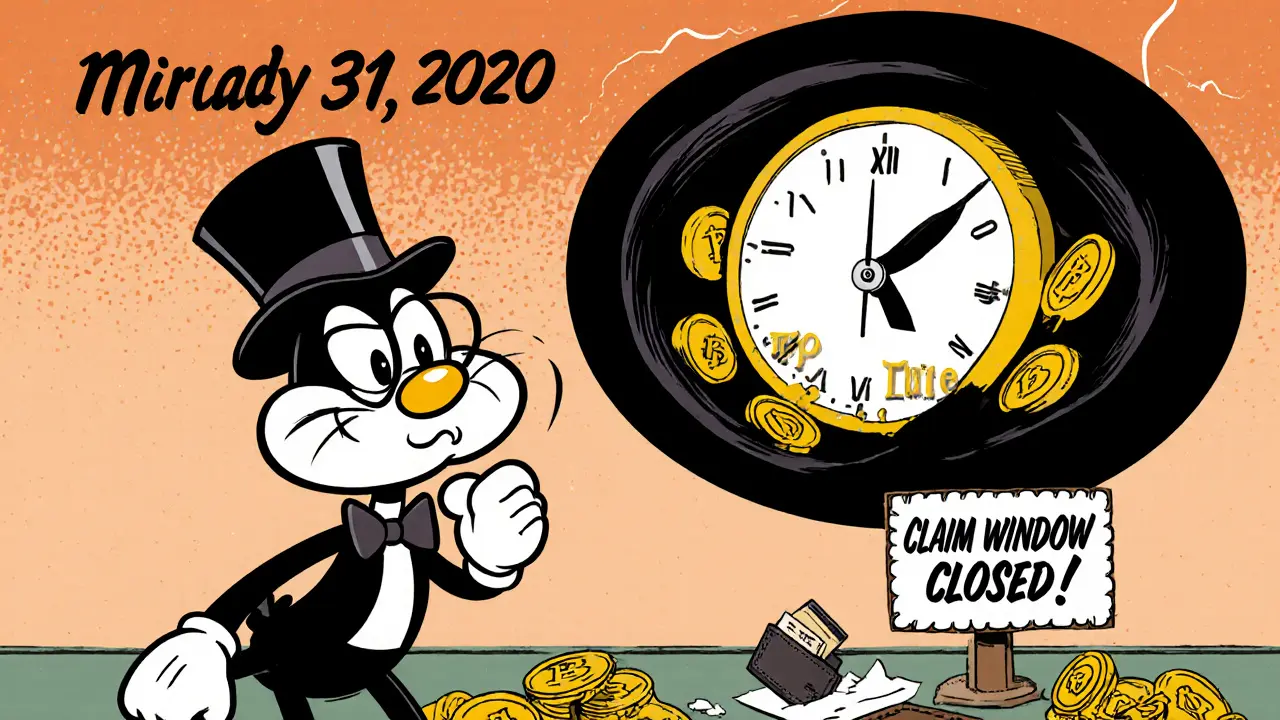DFI Tokens: What They Are, How They Work, and Where to Use Them
When you hear DFI tokens, the native cryptocurrency of DeFiChain, a blockchain designed specifically for decentralized finance without relying on Ethereum. Also known as DeFiChain token, it’s not just another coin—it’s the fuel for a blockchain that lets you lend, borrow, and stake crypto directly on its own network. Unlike most DeFi projects that run on top of Ethereum, DeFiChain was built from the ground up to be fast, cheap, and focused on real financial use cases. That means DFI tokens aren’t just traded—they’re actively used every day by people who want to earn interest without intermediaries.
DFI tokens are tied to three core functions: staking, the process of locking up DFI to help secure the DeFiChain network and earn rewards, governance, voting on upgrades and changes to the network’s rules, and liquidity provision, supplying DFI and other assets to trading pools to earn fees. If you hold DFI, you’re not just a passive owner—you’re a participant. The more you stake, the more say you have in how the network evolves. This isn’t theoretical. People have voted on fee structures, new token listings, and even how mining rewards are distributed—all using their DFI.
DFI tokens also power the DeFiChain ecosystem’s unique features, like the DEX (decentralized exchange) built right into the blockchain. You can trade Bitcoin, Ethereum, and other assets without leaving DeFiChain’s network. That’s rare. Most DeFi platforms require you to bridge assets from other chains, which adds risk and cost. With DFI, you’re already on the right chain. And because DeFiChain uses a proof-of-stake consensus, it’s way more energy-efficient than Bitcoin mining. No giant data centers, no massive electricity bills—just people staking tokens to keep things running.
Some people treat DFI like a speculative asset. But if you look at the actual usage, it’s more like a utility token with real demand. People stake it. They use it to earn yield on Bitcoin. They vote with it. And they trade it on exchanges that support DeFiChain. It’s not a meme. It’s not a hype coin. It’s a working piece of financial infrastructure.
What you’ll find in this collection are real breakdowns of projects tied to DFI tokens—some are exchanges that support it, others are staking tools, and a few are tokens built on DeFiChain itself. You’ll see how users actually interact with DFI, what’s working, what’s risky, and what’s been abandoned. No fluff. Just what matters if you’re holding, using, or thinking about DFI tokens.

